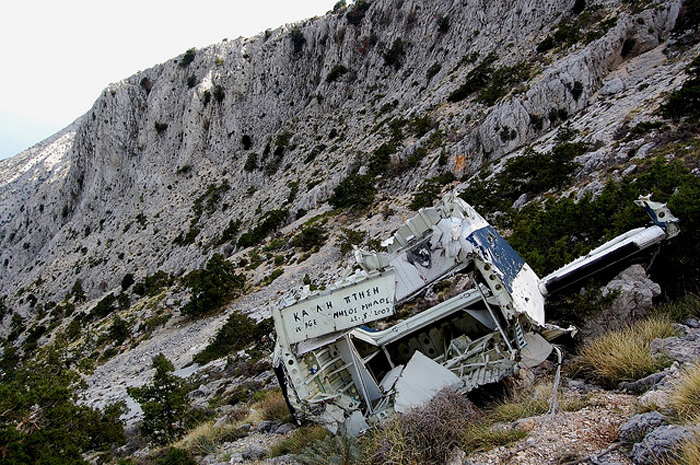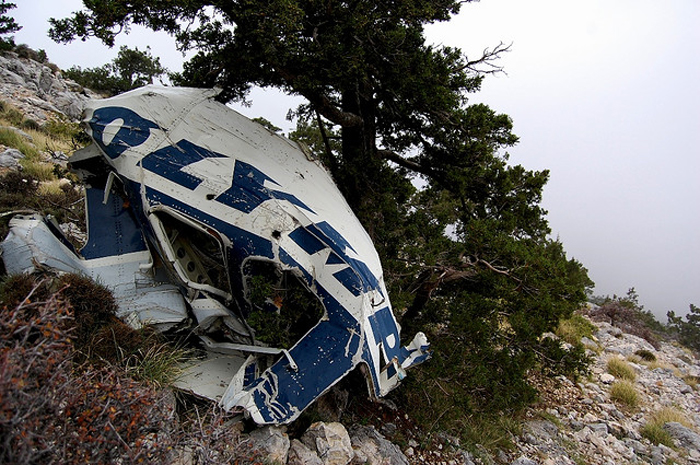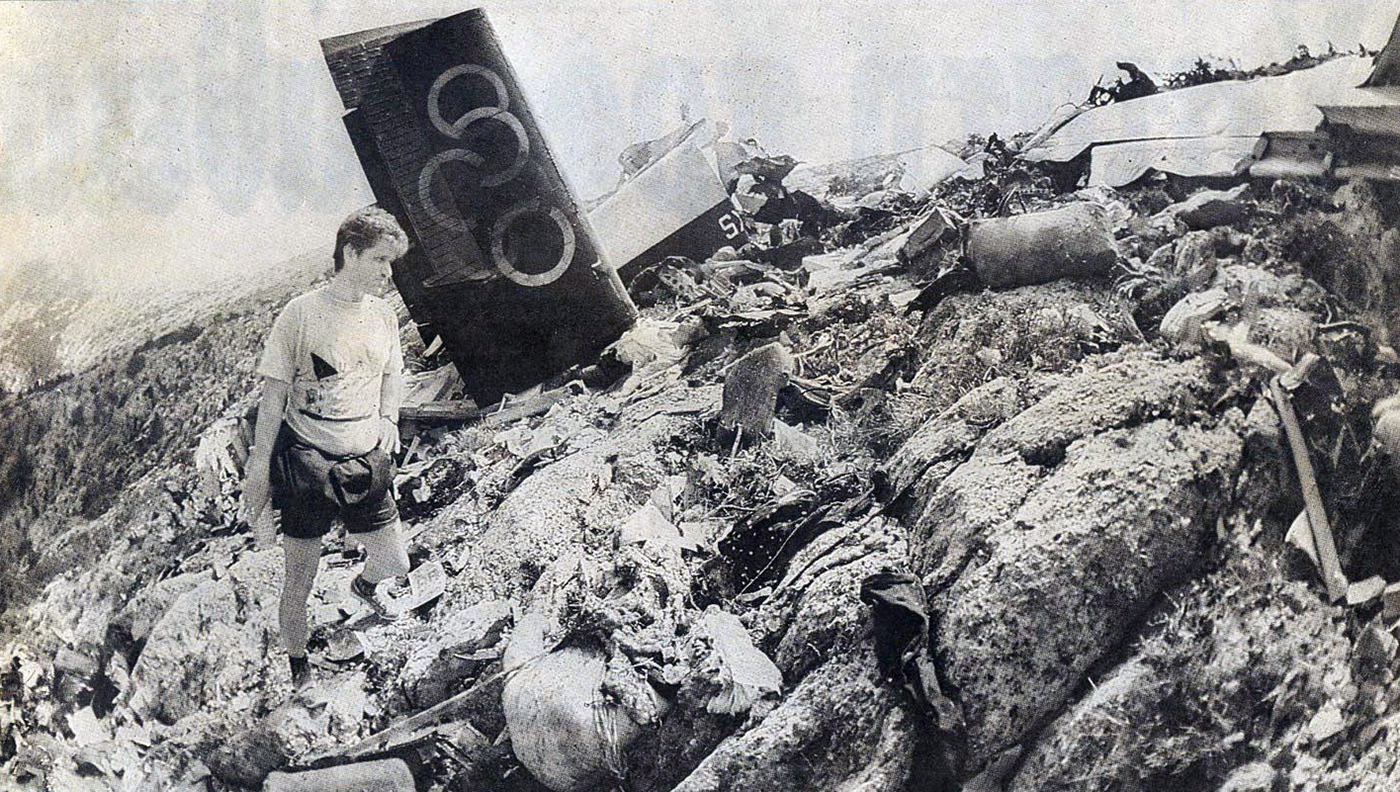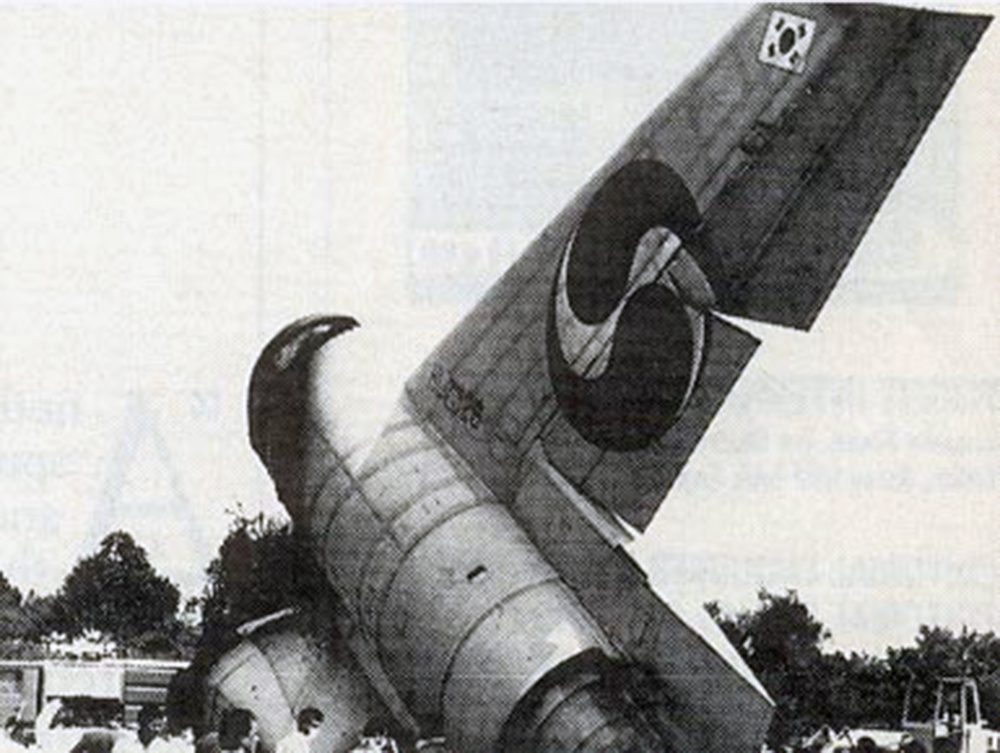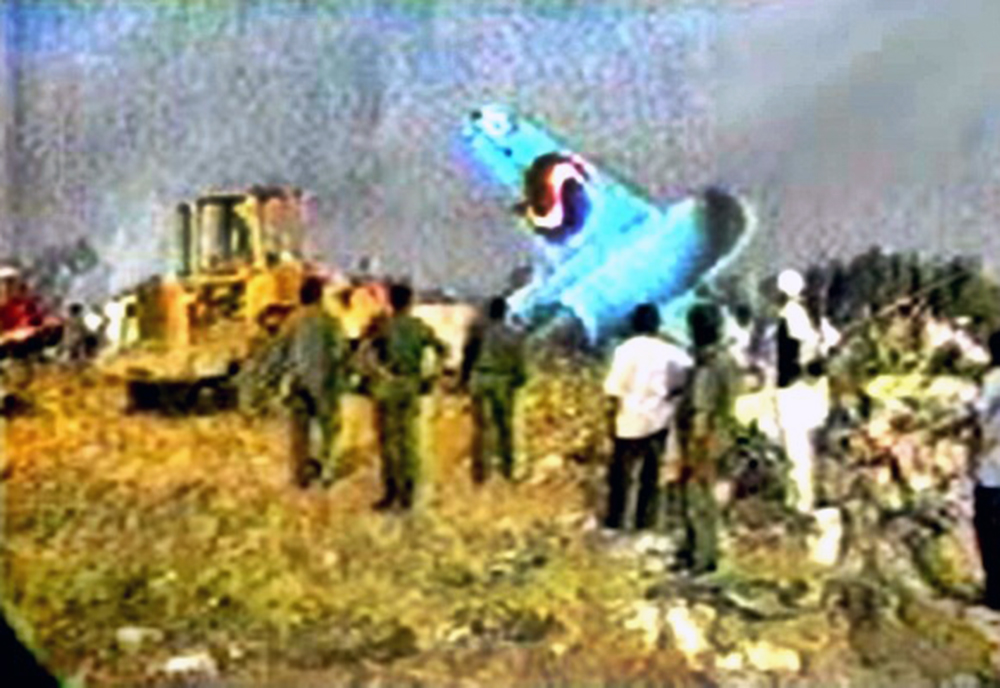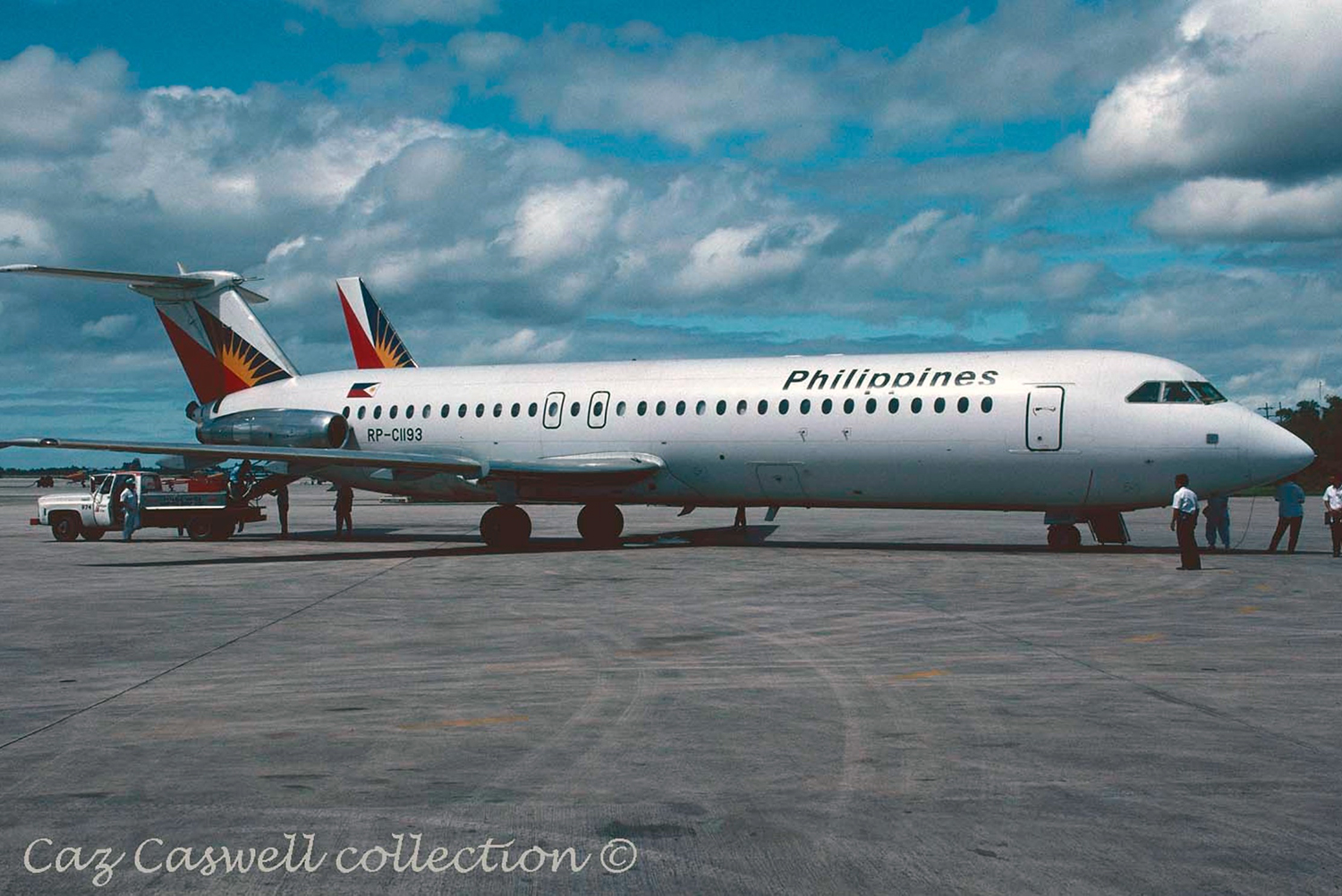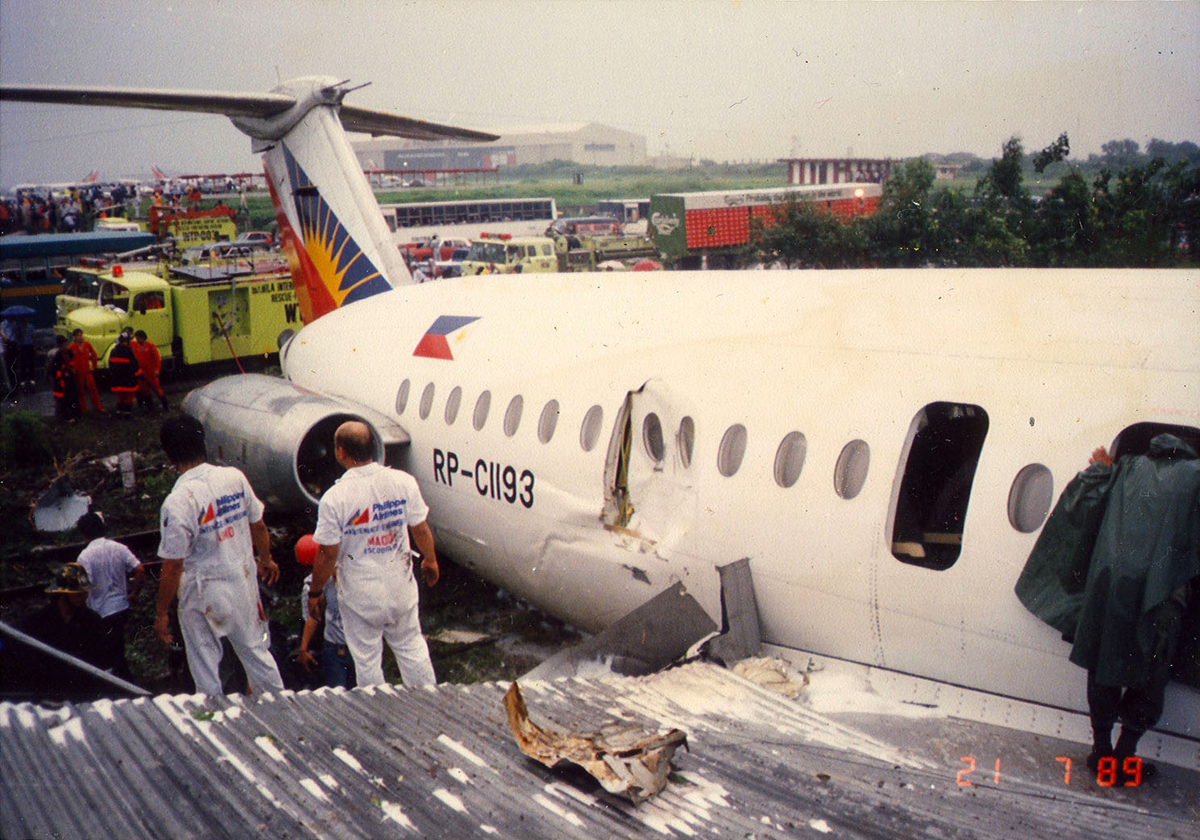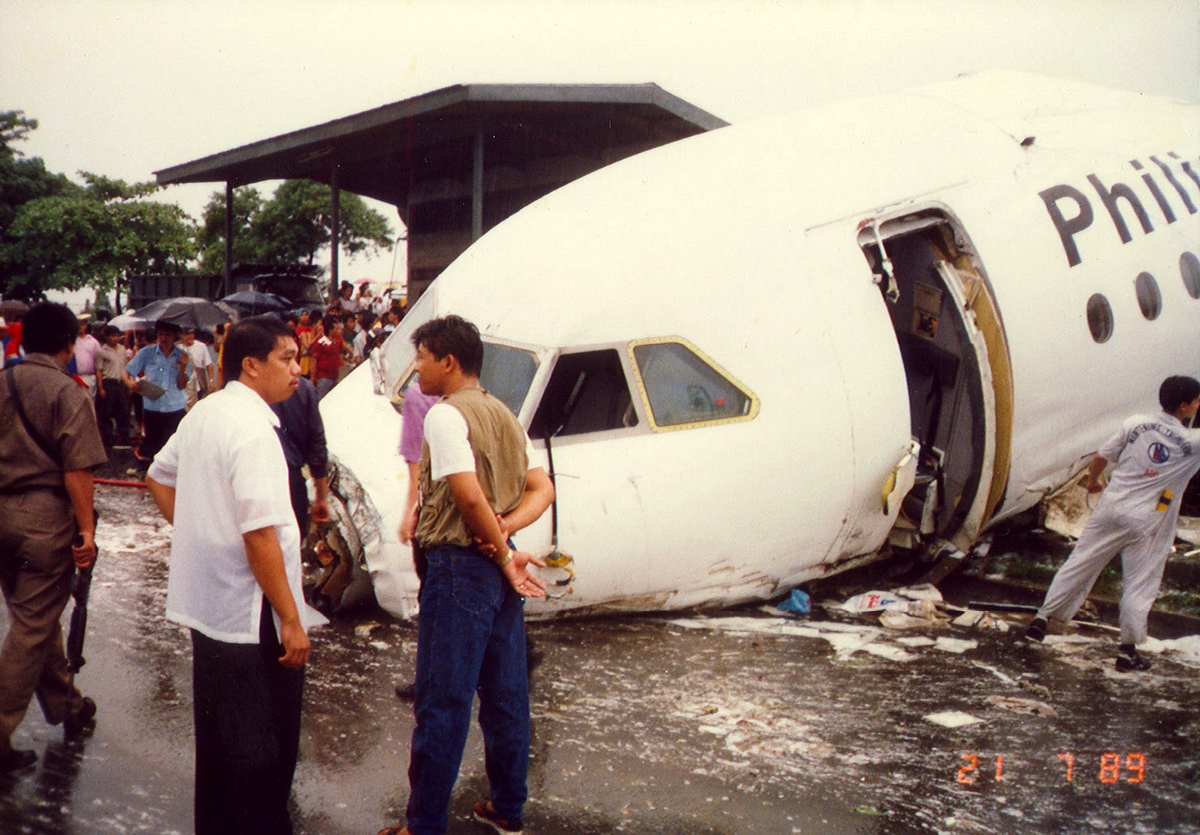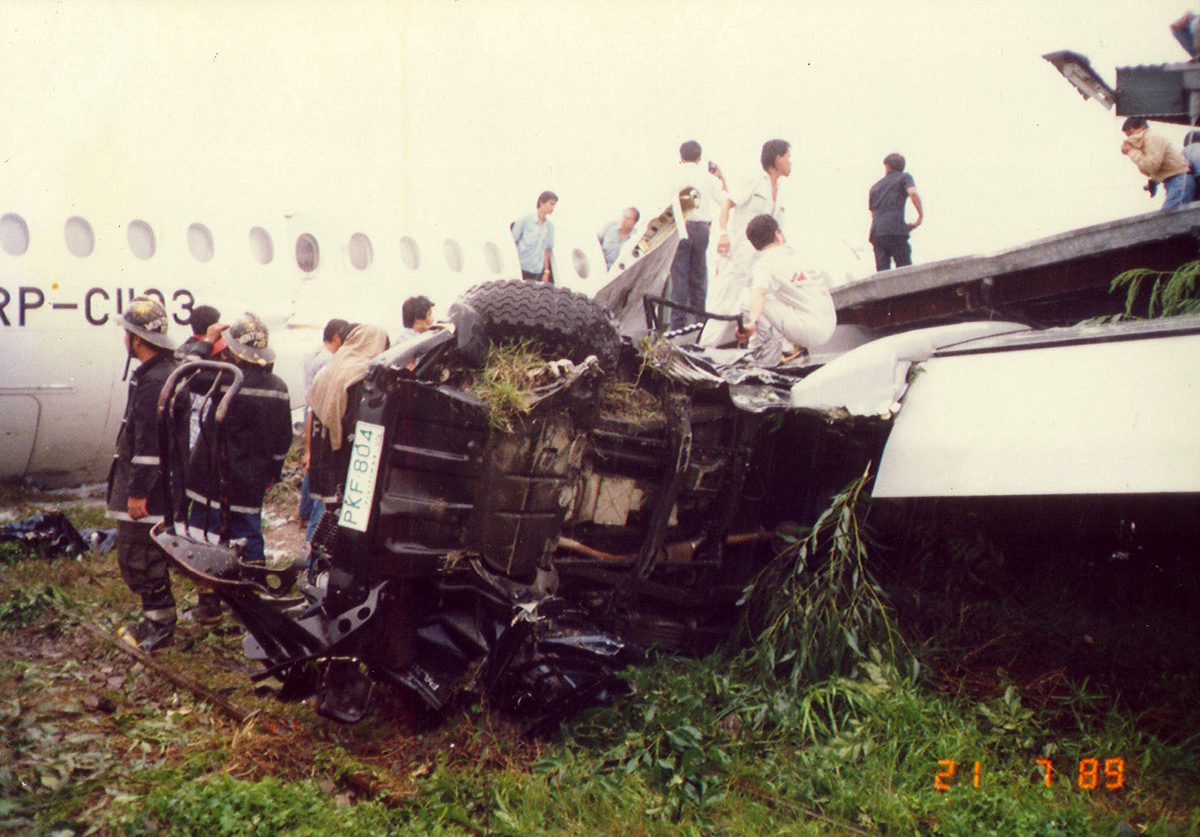Crash of a Cessna 402C near Nome: 1 killed
Date & Time:
Aug 7, 1989 at 1230 LT
Registration:
N12333
Survivors:
No
Schedule:
Wales - Nome
MSN:
402C-0806
YOM:
1984
Flight number:
XY2401
Crew on board:
1
Crew fatalities:
Pax on board:
0
Pax fatalities:
Other fatalities:
Total fatalities:
1
Captain / Total hours on type:
312.00
Aircraft flight hours:
5644
Circumstances:
During arrival, Ryan Air flight 2401 (Cessna 402, N12333) contacted Nome FSS and reported 15 miles west of Nome. The pilot was advised the weather at Nome was below basic VFR. The pilot requested a special VFR clearance. He was advised to remain in VFR conditions outside the control zone and to standby for a clearance. Later, when FSS personnel tried to contact flight 2401 to issue the clearance, there was no reply from the pilot. Subsequently, a search was initiated for the aircraft. Four days later, it was found where it had crashed at about 450 feet msl on the east edge of Sledge Island, approximately 18 miles west of Nome. An exam of the wreckage revealed the aircraft had crashed into rising terrain, while in level flight on a heading of about 250°. No preimpact mechanical problem was evident. The 1300 adt weather at Nome was in part: 400 feet overcast, visibility 2 miles with rain and fog, wind from 120° at 12 knots.
Probable cause:
Continued VFR flight into instrument meteorological conditions (IMC) by the pilot, and his improper in-flight planning/decision. The weather and terrain conditions were considered to be contributing factors.
Final Report:




